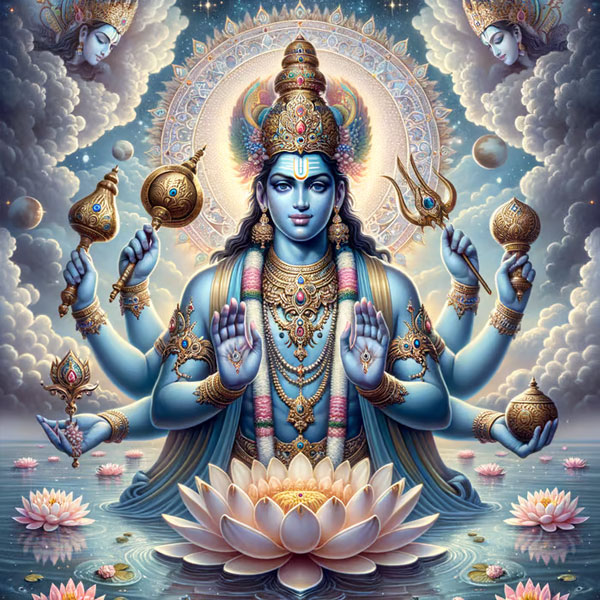Yoga Classes
We are a Global movement fighting for the World
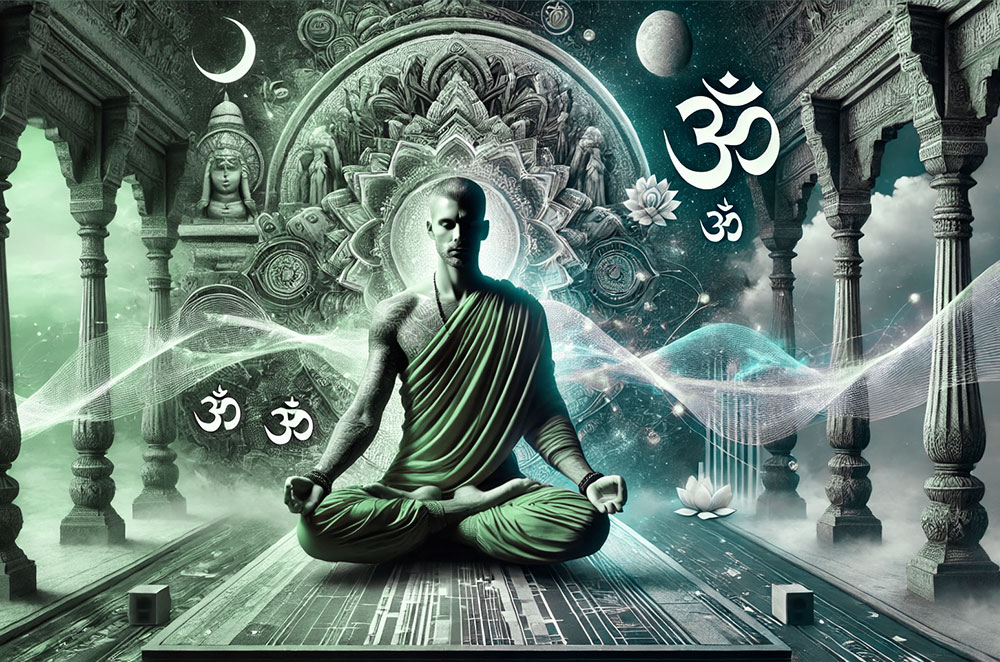
Hathayoga
Hathayoga is an ancient system rooted in Sanatana Dharma (Hinduism), focusing on physical, mental, and spiritual practices to harmonize the body, mind, and consciousness.
Origins
Hathayoga originated in India, based on Vedic and Agamic principles. The term “Hatha” means force or effort, and “Yoga” means union or joining.
Principles
- Balance and Harmony: Achieving balance between body, mind, and energy
- Physical Postures (Asanas): These improve flexibility, balance the energy, and strengthen the body.
- Breathing Techniques (Pranayama): Breathing exercises that calm the mind, balance energy, and prepare for meditation.
- Meditation and Relaxation: Techniques that reduce stress and promote well-being.
Practices
- Asanas: Physical postures that help maintain energy flow, improve flexibility, and strengthen the body.
- Pranayama: Breathing exercises that assist in mental and physical balance.
- Bandhas: Energy locks that help prepare the body and mind for deeper meditation.
- Mudras: Hand gestures that further balance energy and enhance health.
- Shatkriyas: Cleansing practices that purify the body and mind.
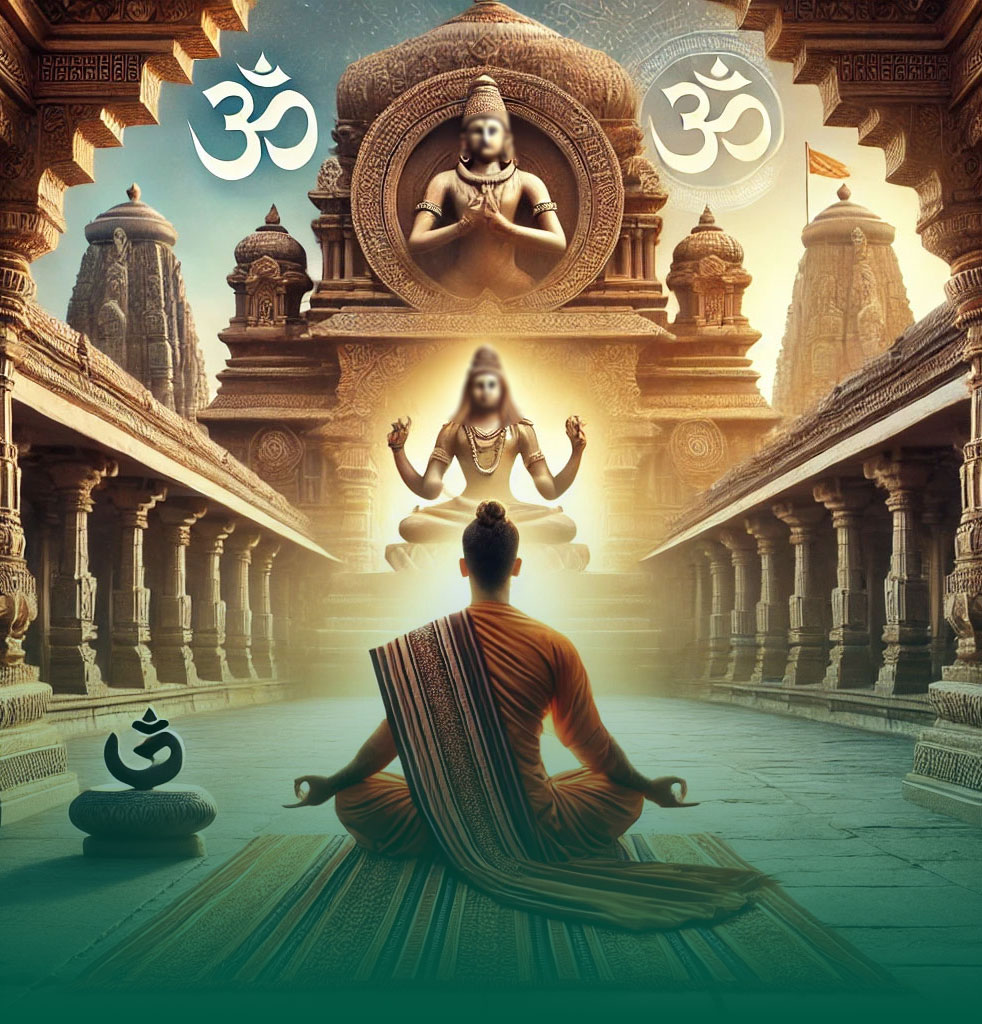
Benefits
- Physical Health: Enhances flexibility, strength, and balance.
- Stress Reduction: Helps calm the mind and reduce anxiety.
- Mental Clarity and Focus: Improves concentration and clarity.
- Spiritual Growth: Facilitates self-awareness and spiritual development
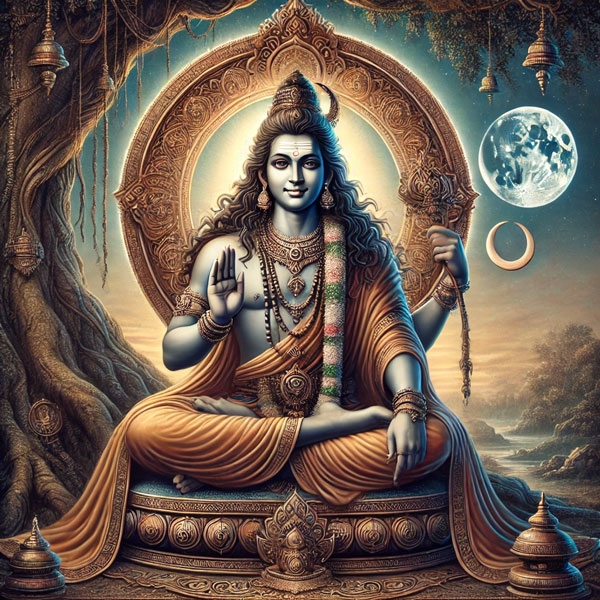
Shiva
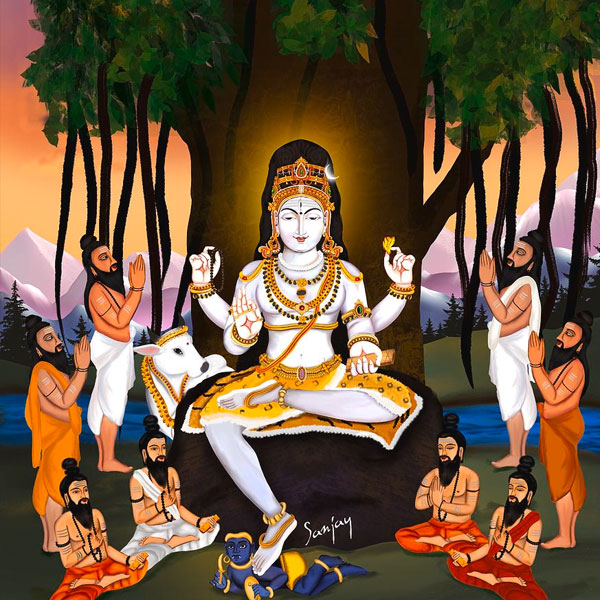
Dakshinamurthy
